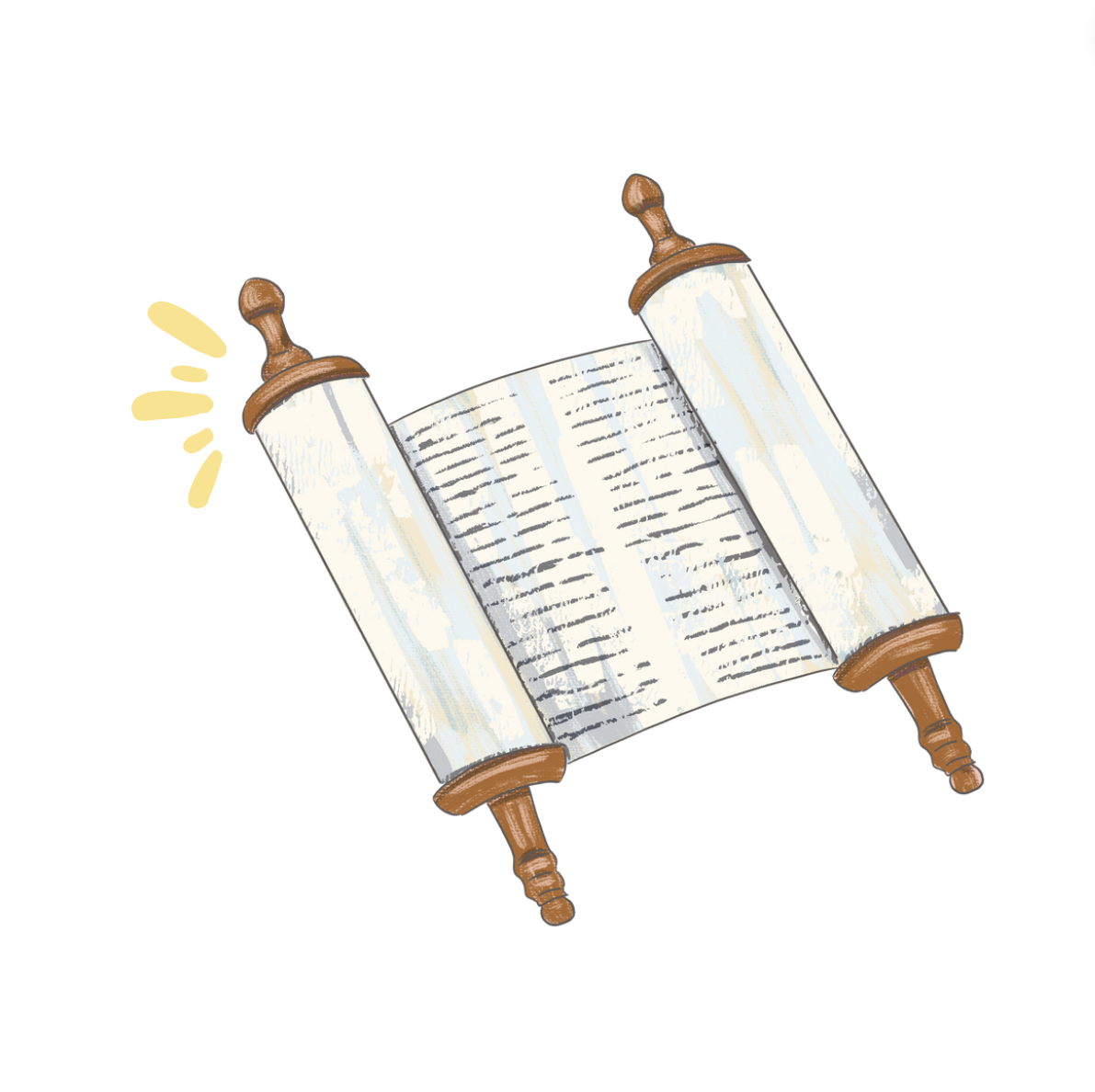The question of what it means to be Jewish in America never feels quite as important as it does during the month of December. For the entire month, we are surrounded by symbols of Christmas: Santa (both in figurine and live action form), Christmas music, trees, tinsel, and more. Christmas is part of the cultural landscape of America.
I remember the first time I was faced with the question of how to participate in a Christmas ritual. I was six years old, and my family took me to an exhibit at a local museum during the holiday season. The museum was decorated with gorgeous Christmas trees and twinkling lights, and I felt the magic of the moment. At a certain point in the exhibit, a man dressed as Santa invited all the kids to take turns sitting in his lap and telling him our Christmas wish.
I was ambivalent…I knew that as a Jew, I didn’t celebrate Christmas. Yet, I was excited by the prospect of telling Santa my wish and hoping it would come true. I think I passed on the opportunity, probably less out of a desire to avoid participating in a Christian activity, and more out of a desire not to share my secrets with a stranger. But from then on, I knew that Christmas would be part of my life.
Interestingly, Hanukkah is a minor holiday in the Jewish calendar. It does not appear in the Hebrew Bible, and it lacks the work restrictions that govern other major festivals. There are very few rituals: Some additional prayers in the daily service, a candle lighting each evening, and some customary foods. But because of its proximity to Christmas, Hanukkah has become a major Jewish holiday in America, and has been branded as the Jewish alternative to Christmas.
So how do we navigate the prevalence of Christmas? This is a major question for Jews, other non-Christians, and interfaith families. The good news is that this is not a new question. Throughout history, Jews have responded to the Christmas holiday in a variety of ways, from quietly staying out of the way of celebrations to full-on embrace. For more history of Jews and Christmas, check out this article from My Jewish Learning.
Many parents feel worried that somehow, Hanukkah will “lose” to Christmas. The concern is that compared to decorating a tree, putting out cookies for Santa, and waking up to a mountain of gifts, lighting Hanukkah candles and eating latkes will feel a little lackluster.
It can be helpful to remember that there are no winners or losers when we think about both holidays as opportunities to bring light into the world. It’s no coincidence that, during the darkest month of the year, many faith traditions responded with festivals of light. We each do so in different ways, but ultimately, the winter holidays allow us all to celebrate the triumph of hope over despair, and to share our light with others.
With this in mind, being exposed to another faith tradition can be deeply rewarding for children. It teaches them to be open to new experiences and to find beauty in diversity (see below my signature for a great example!). And it can be empowering for Jewish children to teach friends of other faiths about their Hanukkah traditions. For interfaith families, it can be very meaningful to celebrate not just one, but two holidays that capture the spirit of introducing light into the darkness.
Of course, each family needs to decide how to navigate these issues; there’s no right or wrong way to handle anything related to the December Dilemma. We hope you’ll see us as resources to help think it all through. Don’t hesitate to reach out!
Though different, these holidays remind us that we have the capacity to bring light into the world—through ritual, learning, and action. Maybe December doesn’t need to be filled with dilemmas after all.
Shabbat shalom,
Deena

